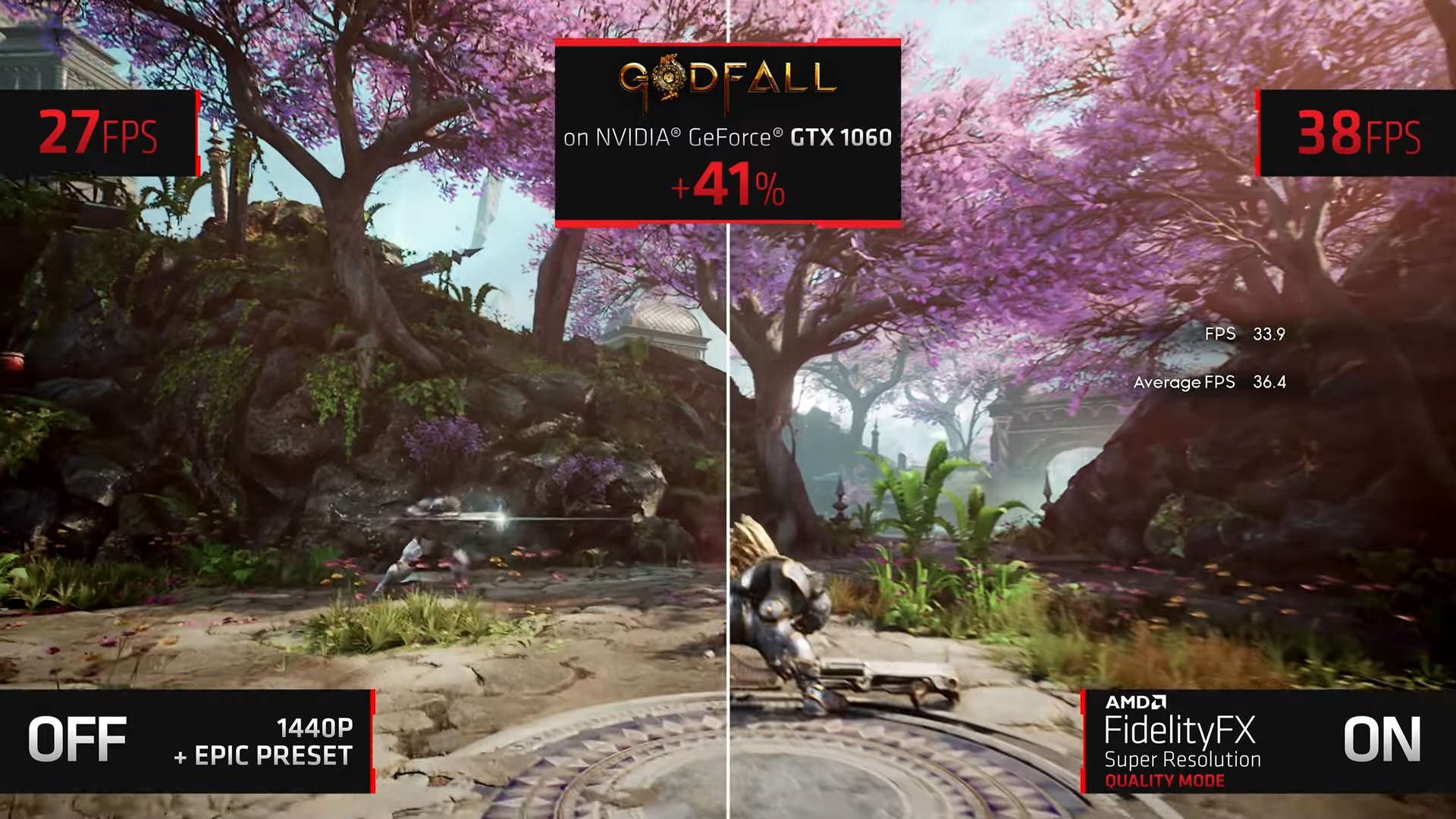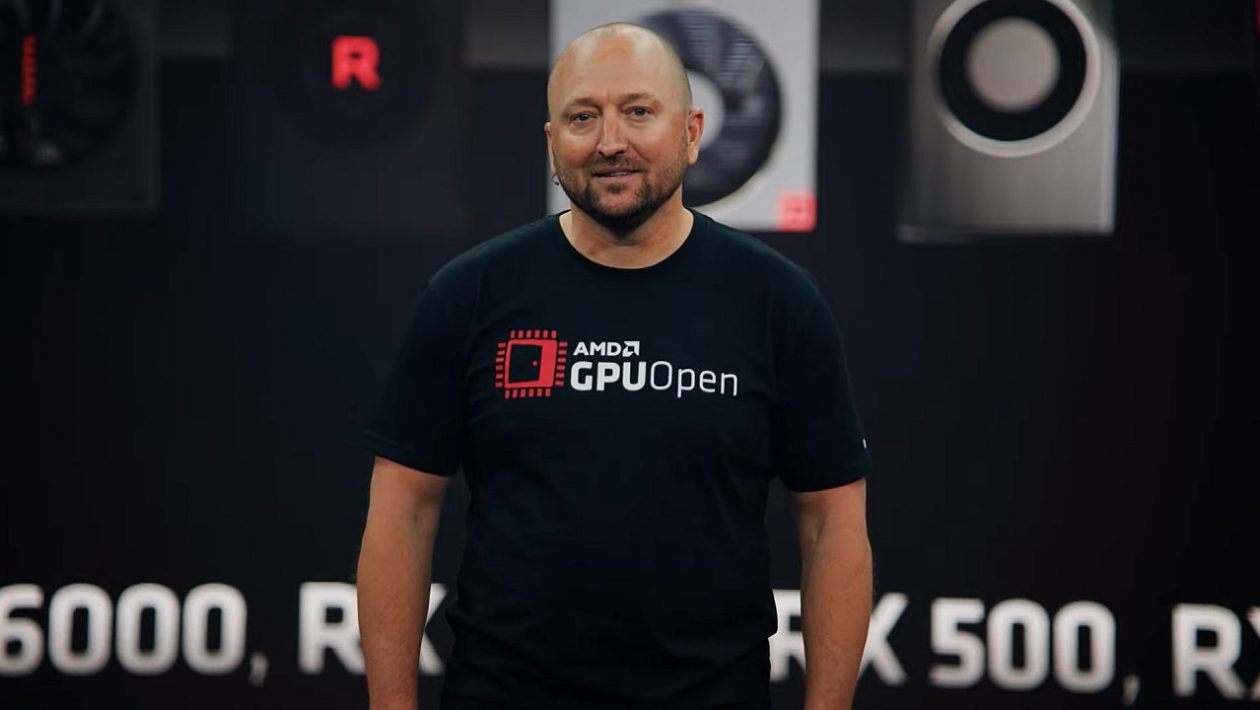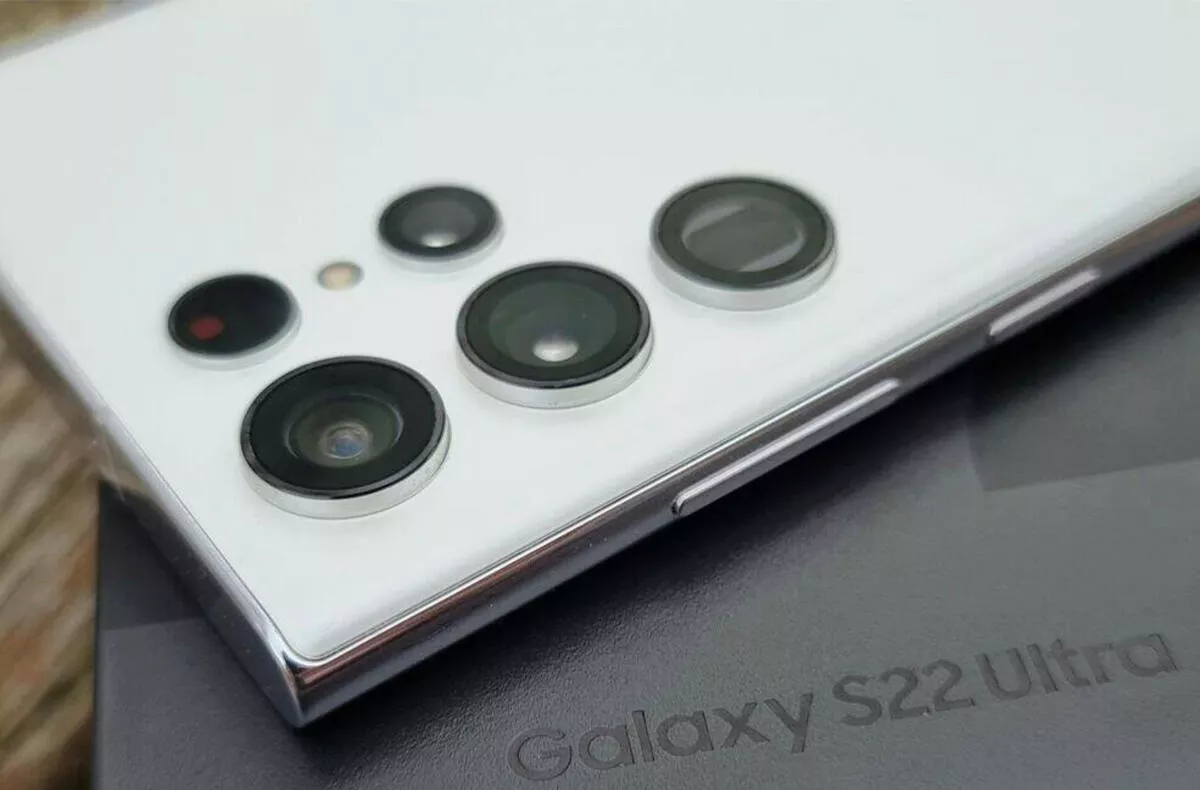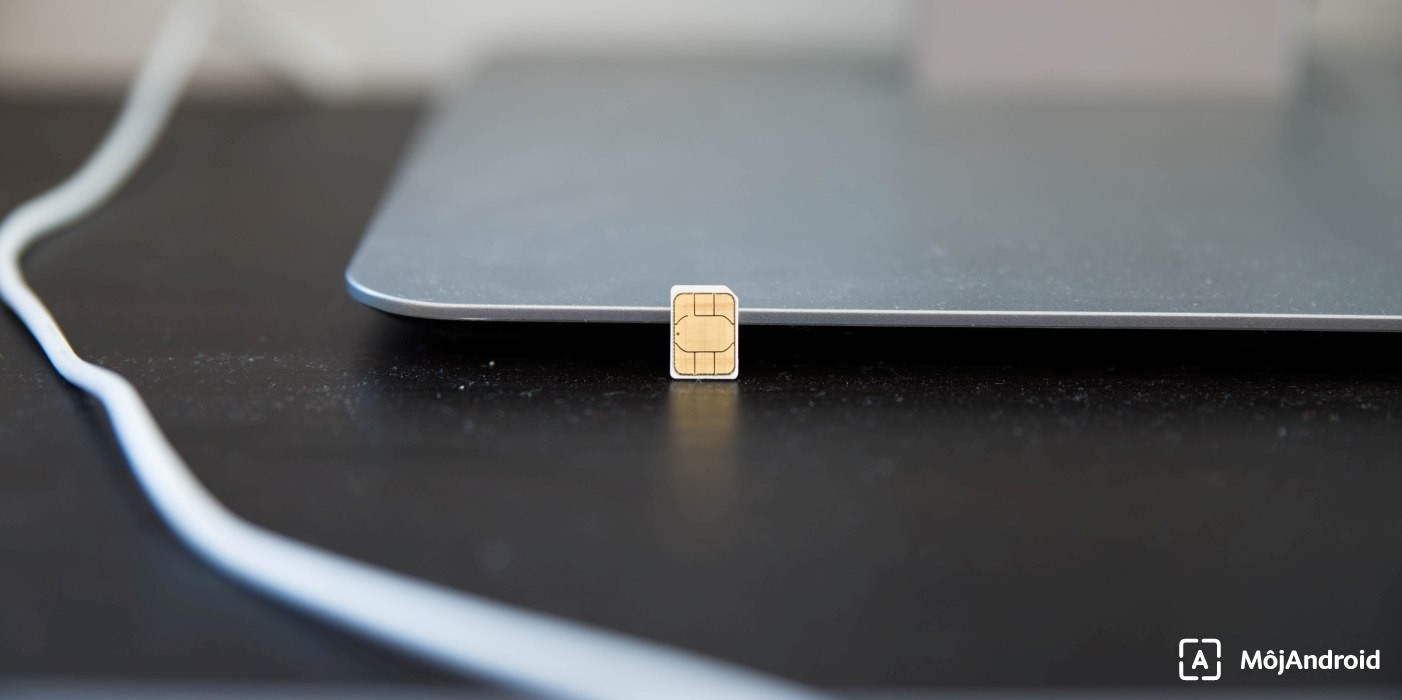AMD’s direct response to the DLSS will be released on June 22 -apkrig
Less than two weeks ago, we informed you about the publication of AMD’s application for a patent for Super Resolution technology. In addition, based on the information available to Videocardz magazine at the time, it seemed that the graphics card manufacturer Radeon would be ready to enter into a direct conflict with Nvidia and their DLSS solution very soon, which is now officially confirmed. AMD presented the first results of FidelityFX Super Resolution a few hours ago and promises to announce the first supported titles on June 22 this year. Probably the biggest surprise is that Super Resolution will also work on older graphics cards, including competing GeForce cards, which will come in handy especially in the current time when new hardware is not available.
FidelityFX Super Resolution – abbreviated FSR – was spoken by Scott Herkelman, AMD’s Vice President and General Manager of Graphics Card Sales at Computex 2021. “You asked us about Super Resolution and I can finally show what we are up to,” he said. the whole Herkelman block. He explained that even at AMD he understood the needs of gamers, which today include ray tracing, high frame rate and mobility, which is Herkelman’s allusion to the fact that, according to him, tens of millions of gamblers use gaming laptops. Of course, FSR technology will also apply to desktop gamers, and as mentioned above, AMD does not impose many restrictions. RX 6000, RX 5000, RX 500, RX Vega cardholders, as well as anyone with, will be able to increase image resolution without compromising performance only AMD Ryzen processor with integrated Radeon graphics. However, Herkelman demonstrated that FSR can handle competitive cards, not only the RTX series, but also older GTXs, such as the five-year-old GeForce 1060.
The question, of course, is how much image degradation is, which we do not dare to judge directly from the video.
The performance is presented by AMD on the game GodFall, which it runs in native 4K resolution with ray tracing and the highest graphics preset. On the set with the RX 6800 XT graphics card, the game runs around 50 fps, but when the FSR is switched on and the resolution is calculated using AMD algorithms, the performance shifts to the limit of 80 fps, which is an increase of a respectable 60 percent. However, you could argue that DLSS boasts up to a twofold increase in the number of fps in some tests, which FSR can easily do. In the first comparison shots from the mentioned GodFall, they use a high-quality mode for FSR, under which there are three more stages with less ostentatious image rendering, but in exchange for even higher performance. And as demonstrated later, if you slide in the settings on the same set to the last mode, simply named “power,” the fps will fire to 150.
The question, of course, is how much image degradation is, which we do not dare to judge directly from the video. On the one hand, only a slice of one-fifth of the image is available, and on the other hand, there is compression caused by recording the entire transmission and processing the video on YouTube. However, AMD has previously stated that they do not rely on machine learning to recalculate the image and instead use advanced algorithms to work with individuals using both linear and nonlinear upsampling. As for the test with the GeForce GTX 1060, GodFall runs at a resolution of 1440p and epic by setting graphics around 27 frames per second. However, the increase in resolution using FSR brings an increase of 41 percent to the level of 38 fps, which the discussants below the video acknowledge with considerable gratitude. It seems that the life cycle of older graphics cards can be significantly extended, and we can’t wait for the technology to become available. The catch, however, is that the titles must be directly supported by the FSR, regardless of the fact that implementation according to the AMD should be easier than with the DLSS.
 Zdroj: AMD
Zdroj: AMDAs early as June 22, we should find out which of the games will offer the options described above. For the time being, AMD is cooperating with 10 publishers and developers, and in total promises to support more than 100 graphics cards that are currently on the market.



